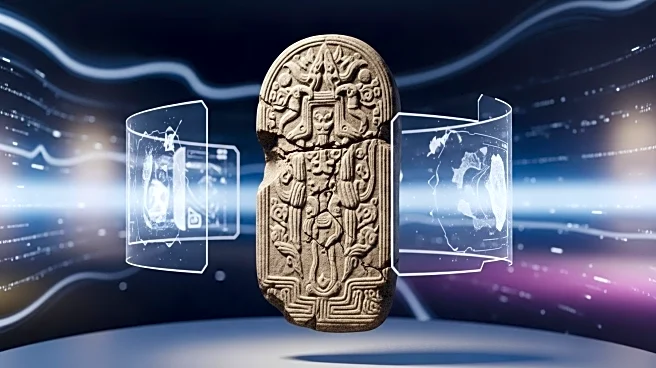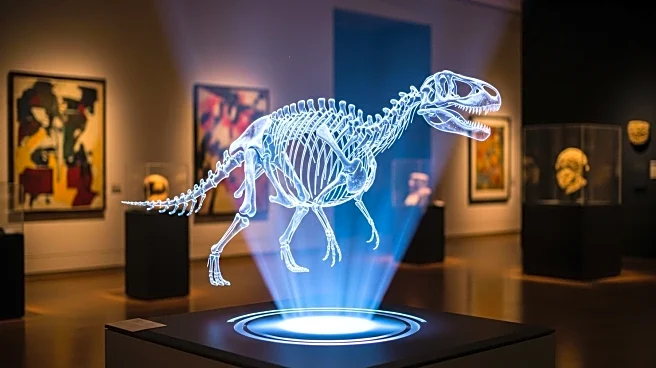What's Happening?
A study published in Nature examines the impact of hyperrealistic virtual humans on cultural heritage dissemination. The research combines affordance theory and situated cognition to analyze user experiences with virtual human design on platforms like Douyin. The study highlights the importance of user segmentation and interaction methods in optimizing virtual human design for cultural heritage. It suggests that effective design strategies can enhance user engagement and promote cultural heritage on social media platforms.
Why It's Important?
The use of hyperrealistic virtual humans in cultural heritage dissemination offers new opportunities for engaging audiences and preserving cultural narratives. By optimizing design strategies, cultural institutions can enhance user experiences and broaden access to heritage content. This approach aligns with broader trends towards digital innovation in cultural preservation, offering potential benefits for education and cultural understanding.
What's Next?
Cultural institutions may begin implementing optimized virtual human designs to enhance engagement and dissemination of heritage content. Success could lead to increased use of digital technologies in cultural preservation, influencing how heritage is shared and experienced globally. As awareness grows, institutions may prioritize user-centered design in digital heritage initiatives.
Beyond the Headlines
The study highlights the potential for digital technologies to transform cultural heritage dissemination, challenging traditional preservation methods. By leveraging virtual humans, institutions can engage diverse audiences and promote cultural understanding, fostering long-term shifts in heritage preservation practices.











